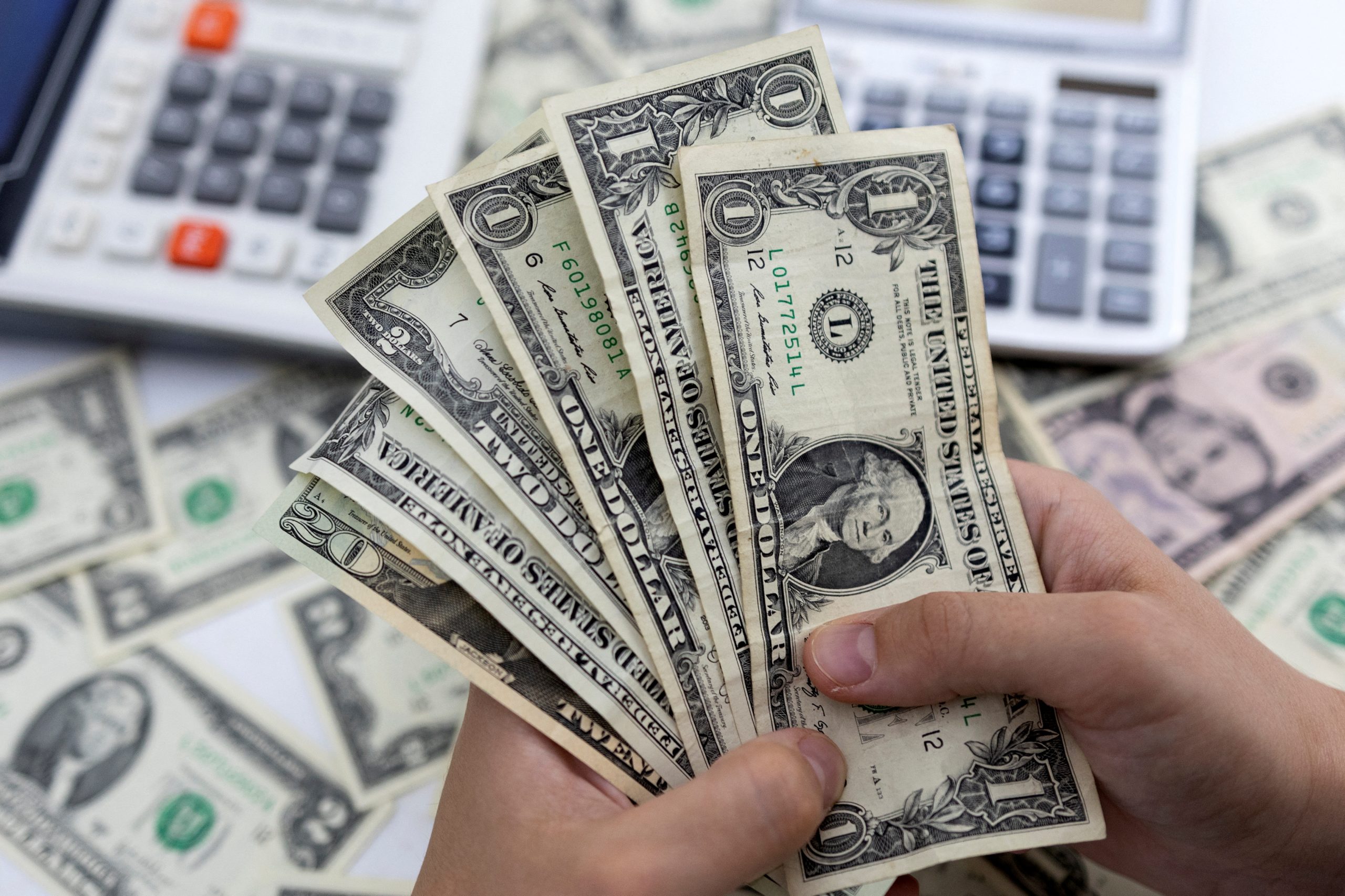Forex
US dollar rate weakly declines against major currencies

The US dollar rate is slightly declining against the euro, the yen, and the pound after a sharp drop the day before. Market participants’ expectations that the Fed could slow down the rise in the key rate amid falling inflation and problems in the U.S. economy put pressure on the dollar.
Thus, last week, head of the Federal Reserve Bank (FRB) of San Francisco Mary Daly, said that the U.S. Central Bank should start discussing the issue of slowing down the rate of key interest rate hikes. Doing so is important because the Federal Reserve (Fed) doesn’t want to tighten policy too much, just as it doesn’t want the rate hike to prove insufficient to curb inflation, she said.
As it became known on Wednesday, the Bank of Japan increased its purchases of government bonds to keep their yields within the target range. The central bank offered to buy 10-year and 25-year bonds worth 350 billion yen, 100 billion yen more than previously planned.
The euro rose 0.12% to $0.9978 against the American dollar rate today, up from $0.9966 at the close of Tuesday’s session. The dollar-yen exchange rate declined 0.07% to 147.83 yen from 147.93 yen the day before. The pound rose 0.06% to $1.1479 from $1.1472 at the close of the previous session. The ICE index is virtually unchanged.
Earlier, we reported that Chinese stocks fell 7.3% after Xi Jinping’s reelection.

 Forex3 years ago
Forex3 years agoForex Today: the dollar is gaining strength amid gloomy sentiment at the start of the Fed’s week

 Forex3 years ago
Forex3 years agoUnbiased review of Pocket Option broker

 Forex3 years ago
Forex3 years agoDollar to pound sterling exchange rate today: Pound plummeted to its lowest since 1985

 Forex3 years ago
Forex3 years agoHow is the Australian dollar doing today?

 Cryptocurrency3 years ago
Cryptocurrency3 years agoWhat happened in the crypto market – current events today

 World3 years ago
World3 years agoWhy are modern video games an art form?

 Commodities3 years ago
Commodities3 years agoCopper continues to fall in price on expectations of lower demand in China

 Economy3 years ago
Economy3 years agoCrude oil tankers double in price due to EU anti-Russian sanctions























